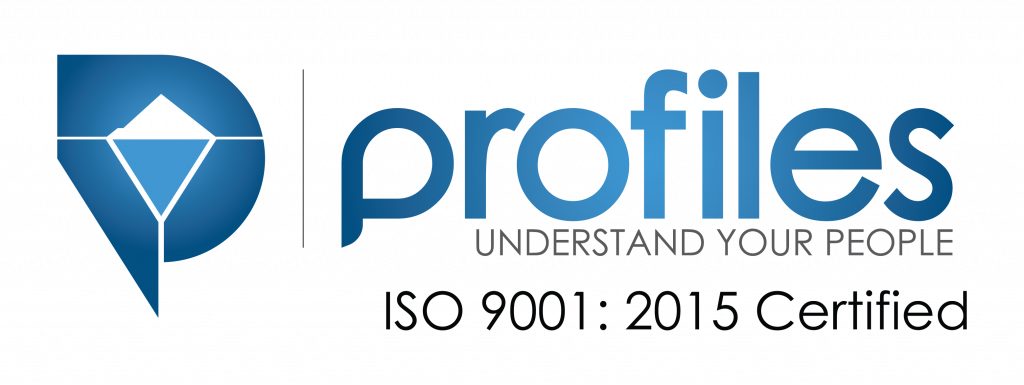Most organizations are obsessed with performance. The “high-functioning team” is the operational idealization of what a team should be. It collaborates, it works together, it communicates, and it resolves personal problems that arise without ever letting them get in the way of productivity.
While organizations have tried to achieve the perfect balance to achieve high-functioning teams through performance management, motivation, hiring and firing, changing hiring strategies, and shuffling teams around, no method proves quite so effective as implementing emotional intelligence.
Emotional intelligence or EQ measures how individuals recognize, understand, and act their and other’s emotions. It includes skills such as self-regulation, self-awareness, social-awareness, and effective communication, as well as empathy. And, it’s essential in teams because it impacts how team members collaborate, communicate, and share with each other.
Click here to be redirected to this article’s video version or go to the bottom of this page.
Teamwork takes Practice
Corporate teamwork is not a natural state for most people. The average person has not developed meaningful collaborative skills, despite years of working in teams. Instead, they’ve learned that other people slack, a few people end up taking on all the responsibility, and that standards and expectations vary from person to person.
At the same time, collaborative work produced in teams has more than doubled over the last 2 decades, people are asked to work together more often, in more ways, and to collaborate even when not in the same room.
Emotional intelligence allows team members to take other’s needs into account, to communicate for coordination, and to collaborate in meaningful ways. It also allows individuals to more easily grasp what others are communicating and why.
Communication and Collaboration Ensure Everyone Performs
Most performance management insights show that 20-25% of employees perform as much as 60% of the work and 3-5% of employees are responsible for 20-35% of meaningful collaborations. But what makes a high performer?
Harvard Business Review suggests that the primary differentiator between high and low performers is actually collaboration and communication. High performers have significantly larger internal networks, better communication skills, and focus on sharing information. The study, which included data from 50 fortune 500 companies taken across 5 years concluded that productive people connect with others, albeit in different ways.
Building emotional intelligence helps teams to communicate and to collaborate, while ensuring everyone is heard, listened to, and valued. This will, in turn, encourage the communication of those individuals, and likely improve their productivity.
Emotional Regulation Contributes to Productivity
Emotional regulation is a valuable skill for interpersonal communication, because it allows individuals to recognize what emotions they’re feeling and to discuss that emotion. It also allows an individual to recognize when their emotion isn’t called for or warranted (or warranted in a professional setting), allowing them to make better calls and to modulate their behavior.
Studies also show that productivity isn’t about in-depth discussion or having a perfect team. Good teamwork is about recognizing when a quiet member might want to voice something and asking, acknowledging when there are problems and discussing them, and treating others with respect, even when you don’t agree.
Good emotional regulation means that a person will respond calmly when someone is angry or confrontational, will respond with empathy when someone is upset or in a situation that could be hurtful, and will take steps to communicate in ways that are perceived well by their colleagues.
Empathy Builds Trust
In “Linking Emotional Intelligence and Performance at Work”, Vanessa Druskat and Steven Wolff share that trust is one of the critical factors for team performance. EQ is heavily linked to trust because it fosters an environment in which employees are able to establish emotional and psychological safety, to put themselves at risk, and to rely on others.
If a team member is willing to do more work because they know you’re struggling and empathize, you build trust. Emotional regulation (stability), self-awareness (humility and perception), and social awareness (empathy and social perception) result in people taking actions that benefit people around them, which will build trust. And, teams that trust each other can rely on each other.
Hard Conversations Build Team Strength
Teams that pretend everything is going well, ignore difficult conversations, or worse, have difficult conversations behind others’ backs are unhealthy teams. Decisions require complex interpersonal awareness, interplay, collaboration, and dissent.
People should be willing to challenge each other, step back and ask for opinions, and share emotions. Individuals should feel free to share opinions and ideas without fear or risk. And, problems and disagreements should be brought up and discussed in constructive ways.
If a team feels it can rely on its members to resolve issues, if people can openly talk about issues, and if people are allowed to have disputes and disagreements, the team will thrive.
Emotionally Intelligent Leaders Build a Sense of Purpose
High performance often depends on leaders, which is one of the reasons why many organizations are moving performance management away from individual performance and towards team performance. Leadership needs high emotional intelligence skills, simply because they typically have to manage and communicate with different personality types, people with different levels of emotional intelligence, and vastly different communication styles.
This requires a high level of external empathy, social awareness, personal awareness, and self-regulation. It also applies whether that person is an official team lead or an unofficial one, because leaders always impact performance.
Emotional intelligence has remained immensely popular since the term was coined by Daniel Goleman in the 90s. This means there are plenty of resources including assessments, workshops, and coaching designed to assess EQ in teams and then develop individual behaviors to achieve higher EQ for better performance, collaboration, and team happiness.




